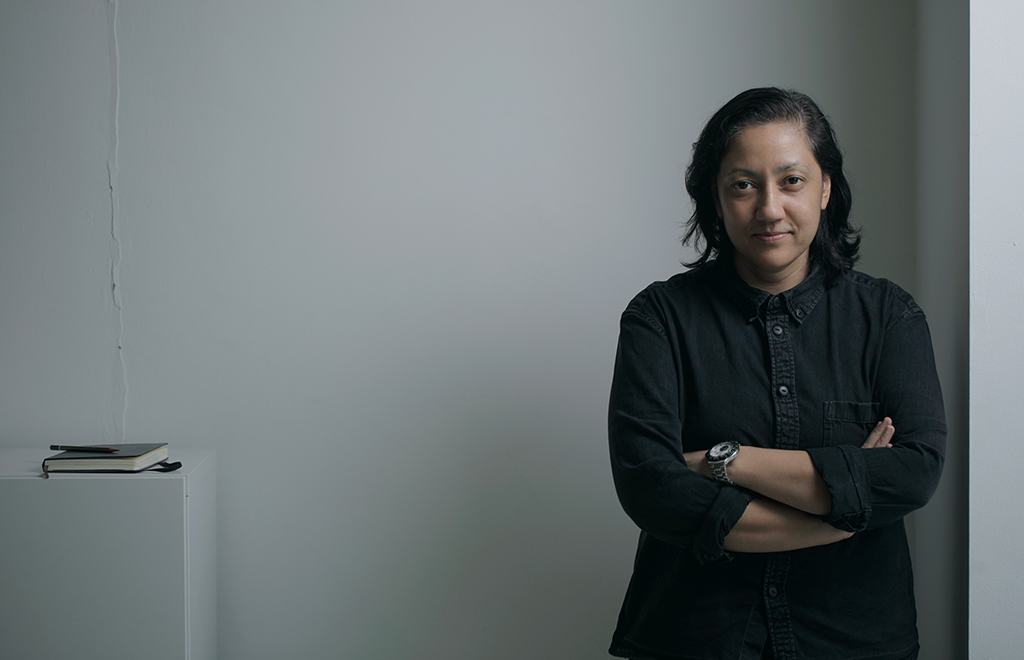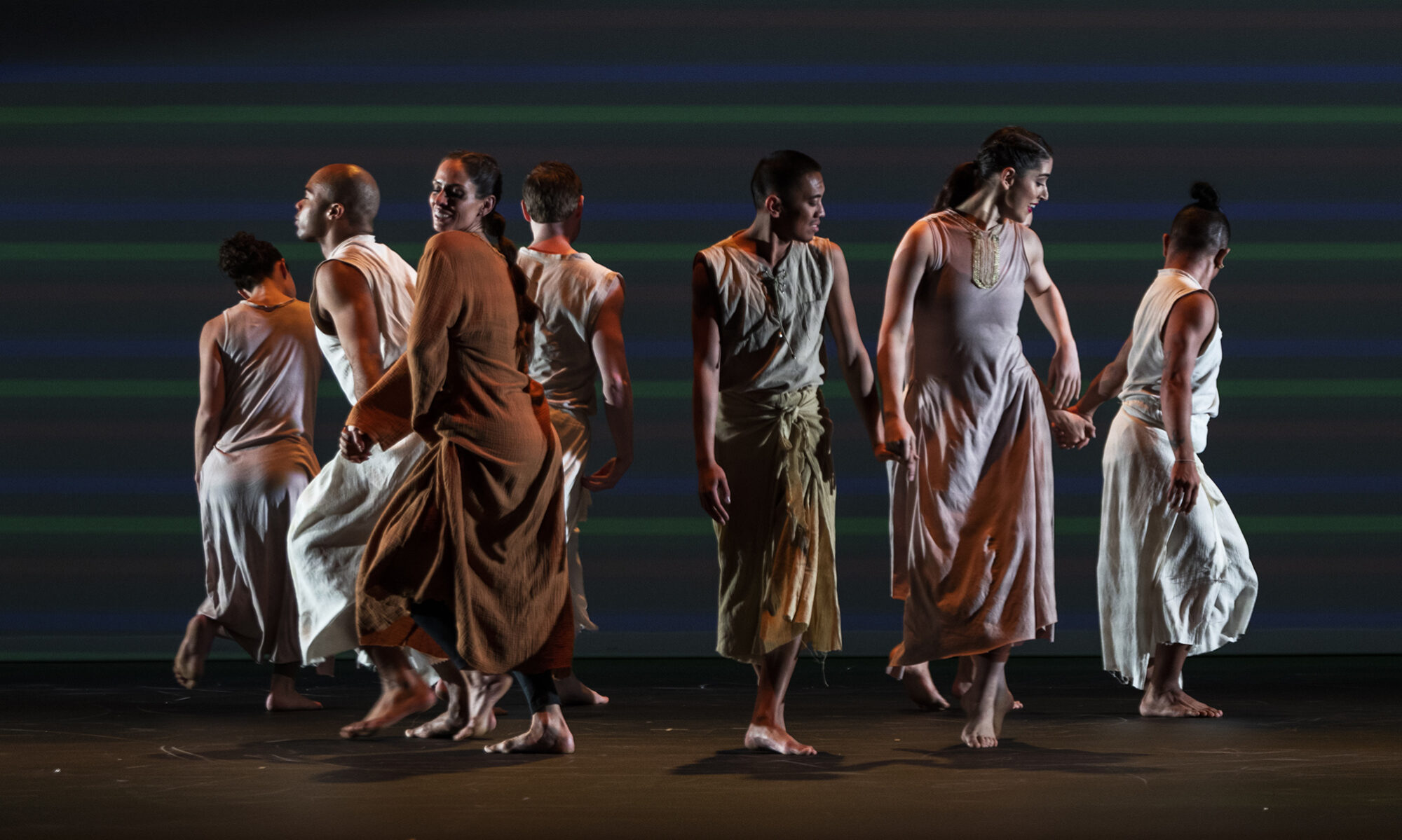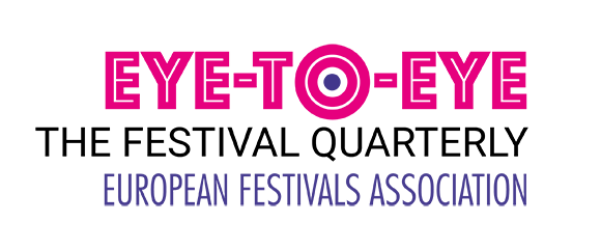How do you solve a problem like a very complex protagonist?

Natalie Hennedige is currently Festival Director Designate of SIFA – Singapore International Festival of the Arts. As a performance director and writer, Natalie is known for her singular artistic language and creative vision exploring contemporary issues through highly constructed heightened worlds with collaborators from diverse artistic disciplines and cultural backgrounds. She served as Artistic Director of Cake, a performance company now in its fifteenth year of presenting progressive new works at the intersection of performance and a variety of other disciplines. Her work has been presented in national and international venues. She is a recipient of the National Arts Council Young Artist Award (2007) and JCCI Singapore Foundation Culture Award (2010).
A contemporary arts festival’s gaze and engagement rests fixedly on a very complex protagonist – the world. The pandemic rendered the world conspicuously ill. Before, there was only a semblance of health. Then, the malady exposed existing sicknesses: compounding inequalities, the already marginalised facing disproportionally higher mortality rates. The already economically disadvantaged collapsing back into poverty and women trapped in lockdowns with their perpetrators under the grip of domestic violence.
The world needs healing and so do the communities and people that populate it. A contemporary international arts festival like Singapore’s situates itself within this city’s environs. The festival can begin by asking, what is our city’s relationship to health and well-being? Singaporeans prioritise salary and job security in an expensive city. Taking care of the family unit comes first. Singapore has an ageing population. It is one of the world’s most overworked cities, spending about 2.3 billion U.S. dollars on stress-related illnesses annually. Mental health should be made a national priority.
While social distancing is the watchword of the day, isolation has always been there. There is a natural synergy between the arts sector and the health & well-being sector. Health & well-being’s resilience and Art’s catharsis or release are powerful twin entities. With COVID-19 many on the medical frontlines in Singapore instinctively went into crisis mode having faced SARS in 2003 and H1N1 in 2009. They saw this coming.
What does the combined potential of the arts and health & well-being sectors mean to different segments of society and to various communities? These two sectors can relate to nuanced issues reaching into the concerns and advocacies of diverse demographics. Woman’s empowerment is a health and well-being issue, as are racial justice, intersectionality and mobility barriers for people with disabilities. Supportive school environments, sexual violence, emotional growth are health and well-being issues too.
Festivals that are awake to the moment can identify pertinent social and health challenges and then create generous, expansive frames within which artists can build connection and communication. Artists will act in their own way, applying the strategies and vocabularies of art: they will listen, communicate, challenge, provoke, reach and bridge. The speak of art (so to speak) is expansive, never reductive. Artists speak from who they are, where they are from and from their way of life; speaking from places of personal truth and articulation to see themselves and beyond themselves. Speaking loudly or in complete silence, engaging in complex conversations, to dispel fear and to open the heart and mind.
Festivals provide listening spaces, to listen deeply and be shifted by another’s perspective. This is one of the most important things we can do. Just as the health sector reaches out and works with all the others, festivals too can reach out, connect, bridge and inspire creation in collaborative partnership and in the celebration of ideas.
Festivals become vital when they are viewed as socially and globally engaged entities that serve as channels of connection and communication between people and communities, exchanging ideas, facilitating critical dialogue, in stride with the concerns of momentous social movements: Occupy Movement, Climate Strikes, #MeToo, Black Lives Matter. Festivals can inspire deep reflection, inspiring us to look inwards and outwards simultaneously.
We enter the world with a cry. Our small forms take on the shape of anguish. We are in conflict with ourselves on day one. That is the condition of being human. In time, as we learn how to decipher injustice, exclusion, oppression, discrimination and fear, we give more complex shape, dimension and justification to that cry, the struggle with the outsider becomes real, and we are in conflict with every other.
Festivals championing diversity on every level allow us to be in the space with others. Festivals can serve to reflect a microcosm of a more open, less contentious world; one where there can be hope for a better tomorrow. The world is troubled, it has always been, it is wounded and its wounds make it volatile; as children of the world, we inherited its troubles, its wounds; we are often in darkness, often despairing, it just is what it is. The arts in all its range of expressiveness reminds us that we are vessels of stories. We are blood, water and stories. Embodying stories is what makes us human. The articulation and communication of stories is at the essence of art. Sharing and listening to each other’s stories is one step closer to paradise because it takes us one-step outside of our own hells; wounds forged in a world encompassing the historically marginalised, racial and ethnic inequity and historical trails of blood.
Festivals are not just an escape from the daily, they don’t just provide for an exuberant atmosphere, a joyful gathering – all those things are great and to be desired but there is more – so we must stand before potential backers and advocate for what festivals can mean, what they can bring and their undisputable relevance in the midst of contemporary life and its complexities.
Existing vitally in the world involves being acutely aware of ever shifting perspectives, where views and beliefs are tested and challenged, together with positions on multiple, complex scales between extreme points and grey areas. All the time, new sensitivities emerge that reflect changing times and a spectrum of perspectives. Our festival can open and lend itself to the varied dialogues and questions of our time and also take a visible stand in our commitment to diversity, freedom, the expression of marginalised voices, platforming unique, excellent, important, voices rocking the performance world with their bold perspectives, investigations and artistic brilliance.
This text was developed in the framework of the Festivals Cities Conversations.
Festival Life creates shared moments of audiences and artists, eye-to-eye


